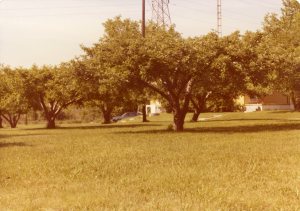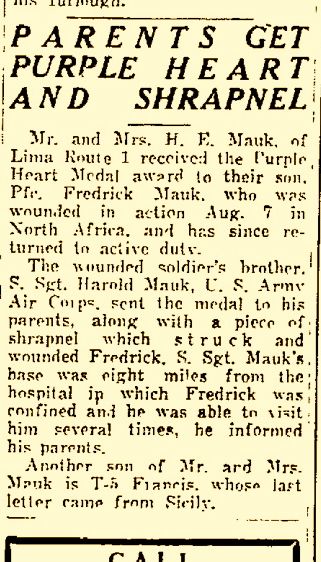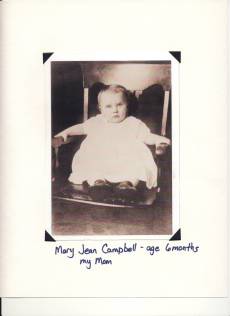So You’re the Family Archivist
It isn’t easy being the family archivist and in charge of database of the family stories, documents, photos, and videos. It takes years to research, collect, and verify the family stories, photos, and videos. It also is a mammoth effort to organize this information with a timeline and familial relationships to give to generations of family members. Where do you start and how do you get a handle on this task? Take a look at these tools that will help you as you take on the role of family historian.
Gathering The Information

Kimmy
Start by asking around the family for stories and photos. Interview your older relatives. Let them know that you are starting the project of gathering and archiving the family story. My Aunt Bert passed along letters that my Dad had written her in World War II when he was just 19. And the only color photograph of me as a child was given to me by my aunt after my parents died. If your relatives don’t remember what might be in that memory box in the closet, ask them to look. Or sit down with them as they go through the box and ask them detailed questions about those photos, making notes as you discuss or set up a video camera to record the details of the conversation.
Look online. The internet is a haven of great information. Cyndi’s List of Genealogy sites has a plethora of links that will help you in your search to find the missing information and also tools to help you organize it. Genealogy Bank is the largest database of historical newspapers from around the country. I found an article from 1897 about my grandfather as a teenager. I also found about 25 articles about my father growing up. It is not a free database, but they do have short-term subscriptions.
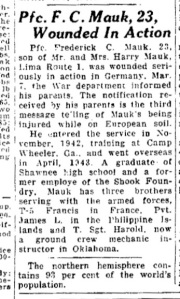
Article from Newspaper Archive
Some software packages enable accessing online databases, such as census information. Here is a review of the features of the Top Ten genealogy software packages for a PC and here is a spreadsheet with a listing and features for the Top Ten genealogy software packages for a Mac. Don’t forget about the Ancestry.com as well. It is probably the best known aid in online searches for information. They have discussion groups that allow access to family members only.
Get your kids involved. The Unwritten – Saving your photo Stories for the Future is a website that focuses on children. This website has excellent tips and teaching components for children.
If family members live around the country, set up Google Docs, which is a sharing site where all family members can access the same document. Use this document to write about your ancestors and family and encourage others to add to it. Emphasize that no one is right or wrong about the information – that each entry is just a piece of the puzzle. Everyone thinks differently and has a separate point of view because of his life experience. Pose questions and allow all to answer. Some software programs also allow private forums or discussions that will allow the same sharing among family members.
Organizing It All And Share It With Others

Tell your Story and archive your photos
Picture This! is a company in Austin, Texas that provides a professional service that helps you sort through your heritage photographs. Picture This! digitizes and restores your photos with extreme gentle care. After Picture This! completes the scanning, they return a DVD with folders of organized heirloom photographs. Often family members add a .pdf document to the folder of photos to complement the photos with the family story.
Videos – reels and tapes – are also digitized by Picture This! for archival purposes and to share with family members. DVD slideshows DVD slideshows and Memory Books are also great options and gifts for family members.
Blogs are great way to pair the family story with photos. It might be cumbersome to write a book, but taking each family story, one at a time, and presenting it in a blog to share with family members is manageable for the writer and for the reader. Picture This! has a blog called Sharing Your Family’s Memories dedicated to telling the family story. Other examples and helpful tips for writing a blog is found at Writing Your Memories and Genealogy Wise. Triggers for writing about family stories is found in a booklet called “Memoring my Memories” by Emily Aulicino. WordPress and Blogger are both free online blogging software sites.
iPhoto is a Mac photo software package that enhances photo organization with facial recognition and editable metadata. This software organizes photos by album, by event, or by person.
Memory Miners goes one step further and uses genealogy software to integrate heirloom photos into the timelines and family tree. There are people views and map views and it creates a GEDCOM family tree complete with photos. Add audio and video recordings with text annotations to complete the family story.
Story Corps is an independent nonprofit project whose mission is to honor and celebrate one another’s lives through listening. They collect stories across the country. They have a list of questions to use when getting started with your interview, and they have a mobile bus that travels from city to city with equipment to make a recording of your family story.
LifeStories Alive makes personal history videos for families using their heritage. They create family heirloom in video – digitally mastered records of life stories with personal accounts, photos, and mementos of family history.
Tell me Your Story is another company that preserves your family history. Located in Austin, Texas, this company produces a book from oral interviews that are audio taped. Photos and documents complete the pertinent story. An embossed hardback book on archival paper is the finished product. Contact them directly to get more information.
Back It All Up
After doing all the research and organization, don’t forget the last step. Put this information on reliable media and have it stored in more than one place. Archival DVDs last 100 years if stored properly. Make sure to back up any information that you have online. Make duplicate copies of photos and videos to a DVD or hard drive. Send this second copy to a place outside your house (sister’s house or safe deposit box) in case of fire. Don’t rely on photo sharing websites for your backup. The images stored online are usually small and not large enough for archival purposes.
Generations from now, our children and grandchildren will not tiptoe into our closets and retrieve “the box” of photos and documents that tell our story. With a bit of concentrated effort and some guidance from these resources, our stories will be richer and more accessable for those who are seeking their family story.
Picture This! will help you create the gift of a lifetime.
Picture This! http://www.picturethisaustin.com
Copyright 2010. All rights reserved.
Read Full Post »


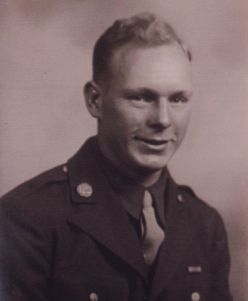
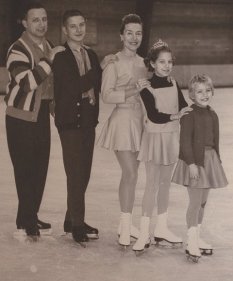



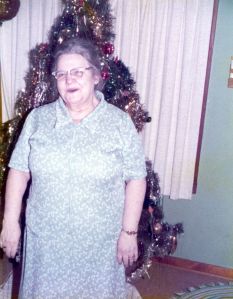

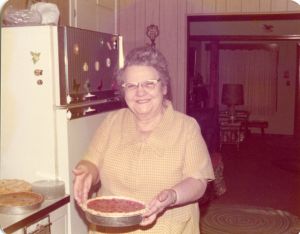
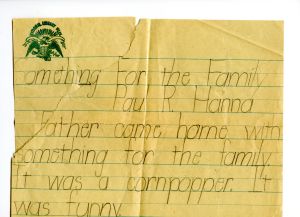

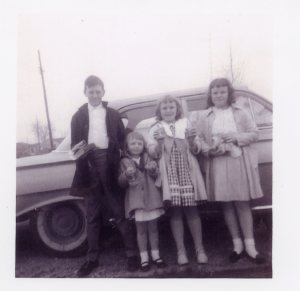 We felt very welcome there, even without our parents attending with us. I was sure if I ever heard God talk, He would sound just like Pastor Fells sounded. He had a big booming voice that was clear and kind, deep and warm. His words made sense to me and I felt the community and God’s love that existed there.
We felt very welcome there, even without our parents attending with us. I was sure if I ever heard God talk, He would sound just like Pastor Fells sounded. He had a big booming voice that was clear and kind, deep and warm. His words made sense to me and I felt the community and God’s love that existed there.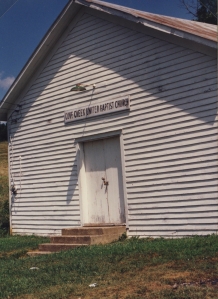 I asked my Mom about it first. She had alluded to an incident that happened to her when she was young. She didn’t grow up with her mother as I have explained previously in the post
I asked my Mom about it first. She had alluded to an incident that happened to her when she was young. She didn’t grow up with her mother as I have explained previously in the post 
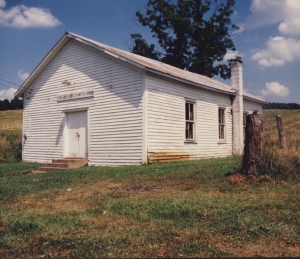 My mother told us the story about going to church when she was about 13 years old. She attended with a girlfriend, even though she didn’t have the appropriate clothing. She felt scorned because of this. At some part of the service, all the women from the church gathered around her and prayed over my mother. It may have been a religious ceremony for young teenagers in her church. But in my mother’s eyes, she was being punished for her family’s situation and for her mother’s sins. She never returned to any church except for the few times her children were in Christmas pageants and when we got married. She didn’t belong.
My mother told us the story about going to church when she was about 13 years old. She attended with a girlfriend, even though she didn’t have the appropriate clothing. She felt scorned because of this. At some part of the service, all the women from the church gathered around her and prayed over my mother. It may have been a religious ceremony for young teenagers in her church. But in my mother’s eyes, she was being punished for her family’s situation and for her mother’s sins. She never returned to any church except for the few times her children were in Christmas pageants and when we got married. She didn’t belong.


